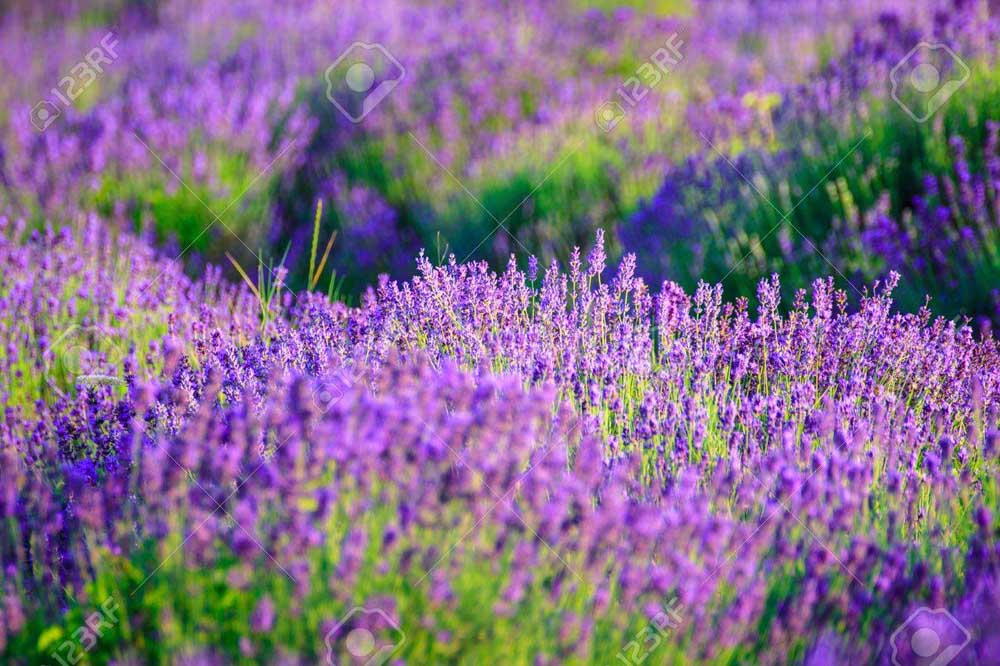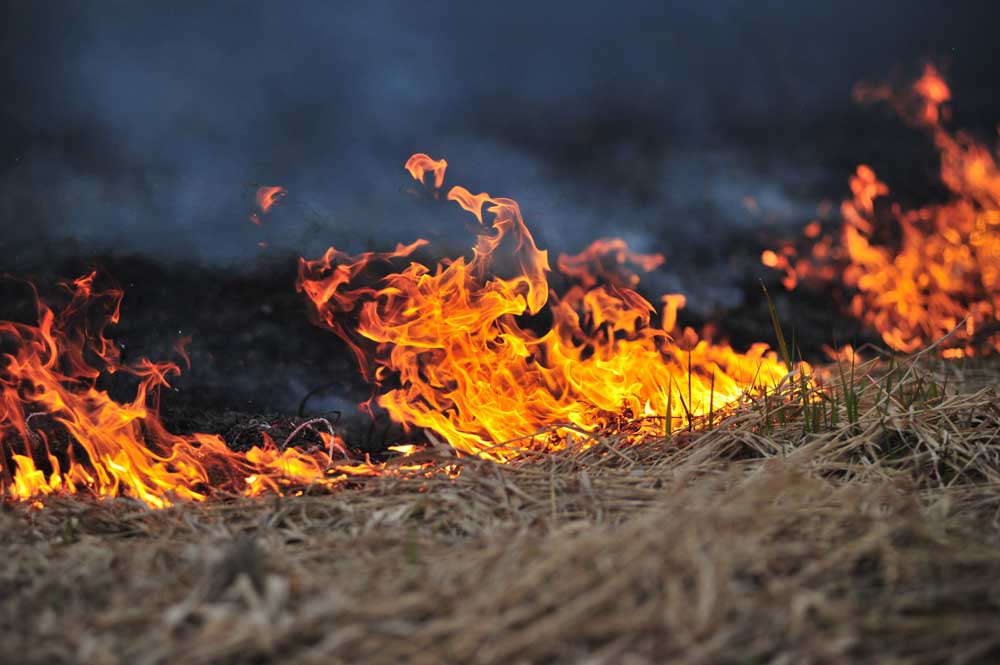Get your garden growing with spring pruning
Published 12:00 am Tuesday, March 20, 2018

- Prune lavender after the first bloom period to encourage more.
The paltry pile of twigs and branches that came down in my landscape during the Central Oregon winter’s high winds is nothing compared to the mess that thousands of storm-struck homeowners face — be it from winter storms, fires, mudslides, tornadoes or hurricanes.
Central Oregon may not be able to enjoy as bountiful a gardening season as places like California, Texas or the East Coast, but we can feel grateful that this region is saved from disastrous weather events. If you think about it, residents should be able to handle 4 or 5 feet of snow every 20 years. Since Central Oregon experienced that event last year, you can put aside your heavy duty snow shovel and roof rake for another 19 years.
Everyone is anxious to get the gardening season started. You have to remember that at this time of year, area gardeners are pretty much limited to indoor seed starting, outdoor general cleanup and the pruning of deciduous shrubs.
Most importantly, and a good starting point, would be the proper identification of the shrub and its growth characteristics. When does it initiate growth in the spring? When does it bloom? When does it rest? Was it meant to be weeping, rounded, oval, upright or spreading? Deciduous shrubs are best left looking natural; avoid shearing them into formal shapes unless they are used as hedges. Correctly pruned shrubs look as if they have not been pruned at all.
The goals of pruning are to train a plant, maintain plant health, improve the quality of flowers, fruit, foliage or stems and to restrict growth. While pruning practices can be generally applied, it’s not safe to assume all plants, trees or shrubs will react the same.
That may be why a certain forsythia didn’t bloom last spring. All the flower buds, which were set during the previous season, were cut off by an enthusiastic gardener last March.
Forsythia is a spring-blooming shrub that blooms on last season’s growth. Also included in that category would be lilac, viburnum, honeysuckle, azalea and rhododendrons. These early blooming shrubs should be pruned shortly after they have completed their flowering season. If suckers become excessive, cut most to the ground.
Lavenders are popular and successful in Central Oregon, but their care can be a little confusing.
Lavender can be deadheaded after the first bloom period for a smaller second bloom later in the summer. The first bloom stems can be removed one by one or a handful at a time with pruners.
Lavender is considered a subshrub and should not be cut to the ground in the fall or in the spring. Mark your calendar for August to do any pruning or deadheading of the second bloom. Pruning in general stimulates growth. Pruning done in August allows the plant to harden off before winter.
Caryopteris, commonly known as bluebeard or blue mist, is a popular late-blooming shrub that blooms on the current season’s growth. Giving them some pruning attention now would help promote spring shoot growth.
It would be imperative to know which hydrangea you have in your landscape. Smooth hydrangea (H. arborescens) and panicle hydrangea (H. paniculata) are the varieties that do best in Central Oregon. These varieties bloom on the current season’s growth. The bigleaf hydrangeas are more common across the mountains and are deadheaded at the end of the flowering cycle.
I’m all for giving plant material all the TLC possible, but there may come a time when you ask yourself if the plant material is worth saving.
You might use the following criteria to decide.
1. The shrub is completely one-sided. You notice damage on the inside that can’t be pruned out.
2. The plant is just too big for the space. The plant is growing into or under walks, walls or other architectural elements and may cause or is already causing damage.
3. A big red flag for when not to prune pine trees or conifers is flowing sap. The flow of sap is like a beacon attracting all sorts of problems: Insects carrying pathogens may introduce diseases and critters and birds may cause damage.
— Reporter: douville@bendbroadband.com








